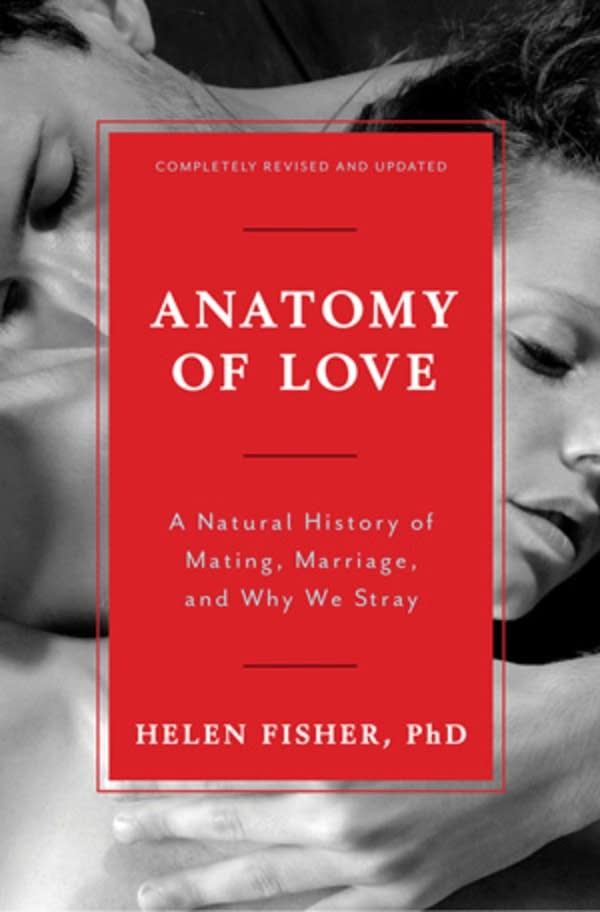The modern science of love

What do your brainwaves look like when you're in love?
What's the science behind hooking up?
How did evolution shape our need for intimacy?
Anthropologist Helen Fisher answers these questions, and puts love under the microscope in her book, "Anatomy of Love: A Natural History of Mating, Marriage and Why We Stray." She joined MPR News host Kerri Miller to talk love in the modern age — and how's it evolved over millions of years.
Create a More Connected Minnesota
MPR News is your trusted resource for the news you need. With your support, MPR News brings accessible, courageous journalism and authentic conversation to everyone - free of paywalls and barriers. Your gift makes a difference.
"The basic brain circuitry for romantic love lies right next to brain systems for thirst and hunger," Fisher said. "It's way below the cortex, with which we do our thinking, and way below the limbic system, with which we do our feeling. They're all connected, but the bottom line is: This is a drive, a basic mating drive that's as important as daily survival."

How romantic love evolved
"The basic brain circuitry for romantic love evolved from what I would call animal attraction," Fisher said. "We all have inherited an attraction system — a drive to focus our mating energy on some individuals rather than others."
"We inherited that, but by 4.4 million years ago, our ancestors were forced down from the trees. They began to stand on two feet instead of four, and females began to carry their babies in their arms instead of on their backs. They began to need a mate to help protect them, at least while they were carrying an infant. I think, with that, we evolved this brain circuitry for attraction to become romantic love, and also deep feelings of attachment to a partner."
How love is like addiction
"I've often thought romantic love is an addiction — a perfectly wonderful addiction when it's going well and perfectly horrible addiction when it's going poorly," Fisher said.
After scanning the brains of people who had recently been dumped, Fisher and her fellow researchers discovered that, "brain regions that are basically linked with cocaine addiction, heroine addiction, gambling addiction — all kinds of addiction — become active when you're in love."
The effect of technology on love
"People keep saying: 'Technology is changing love.' It can't change love," Fisher said. "This is a brain system, like the fear system or the anger system; it's not going to change. But what technology is doing is changing how we court."
"Match.com is not a dating service — I've worked with them for 11 years — it's an introductory service. The only real algorithm is your own brain. You gotta get out there, meet 'em in the coffee house, meet 'em in the bar, then your ancient human brain clicks into action and we court the way we always have."
On the modern trends in romantic relationships
"Over 50 percent of [Americans] have had a one-night stand, over 50 percent have had a friend with benefits, over 50 percent have lived with someone long-term before they married," Fisher said. "Americans think that this is recklessness, and I had thought so too, but I began to see: I think it's caution."
Fisher said she's optimistic about the future because of this "slow love," which she sees developing with couples living together before marriage and waiting years to marry.
"Marriage used to be the beginning of a relationship, now it's the finale. By the time people are walking down the aisle, they know what they got and they know they want what they got."
For the full interview with Helen Fisher, including a discussion on whether some people are predisposed for infidelity, use the audio player above.